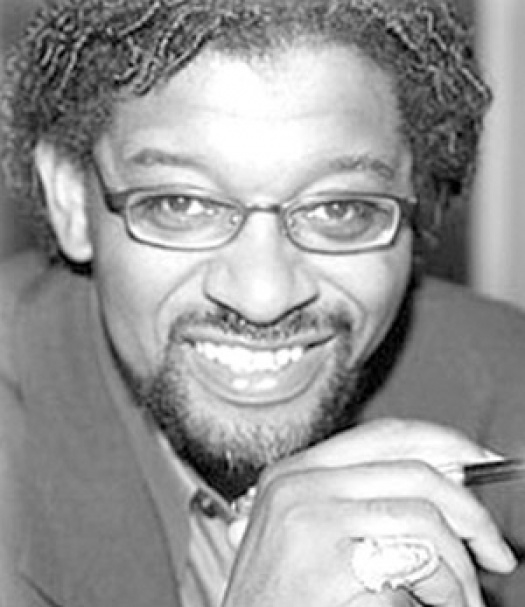
It’s interesting that, for some time, there was this expectation that “something” would come out that would cause a major controversy and cause Americans (particularly white Americans) to re-think their support (or justify their lack of
It’s interesting that, for some time, there was this expectation that “something” would come out that would cause a major controversy and cause Americans (particularly white Americans) to re-think their support (or justify their lack of support) for Barack Obama. Well, the first “something” dropped from the most likely of sources last week. One of America’s “high society” magazines, The New Yorker, known for its front cover caricatures of American society— but not necessarily known for its satire, ran what many think was the most vicious cover in its history.
The cover, a caricature of Barack and Michelle Obama as radical, flag-burning, Bin Laden-following, Muslim terrorists, took the on-going whisper campaign against Obama and mainstreamed it. Claiming it as satire for the purpose of trying to “out” the silly rumors about Obama, The New Yorker instead sought to affirm the rumors as legitimate concerns that the Obamas are somehow militant subversives very close to overthrowing the country. In the most extreme demonstration of xenophobia meets Negro-phobia, every anti-white, anti-patriotic and anti-Christian cue that could be used, was used. The message–the Obamas could be America’s worse nightmare, Black radical, unpatriotic Muslims, living in the White House. The cover reminded us that America will do anything to Black people and will do anything to retain political power. Tell me the last time you witnessed political satire of this kind.
In a free speech/press society, there are extreme forms of expression that clearly allow us to think beyond societal norms and thought boundaries. But forms of expression that could bring harm to the Obamas, or the nation, are not permitted. It’s called the “Bad Tendency Rule” which restricts expression if it will bring harm to someone. It used to be called the “Assassination Rule.” If you look at The New Yorker cover, don’t look at the obvious—Obama in Muslim garb—a jab at the public sentiment regarding the perception that Barack has Muslim ties, or the burning flag in the fireplace—a jab at both Barack and Michelle’s perceived lack of patriotism. Those are legitimate issues for which satiristic claims can be made. Look at the sublime symbols included. It is a reflection of everything America purportedly hates, starting with Public Enemy No. 1, Osama Bin Laden. What’s Barack’s tie to him, other than a one letter change in their last name? Obama has not said anything anti-American or given the impression that he has Muslim ties, much less radical Muslim terrorist ties. Yet the inference is that he (and his wife) are part of some terrorist cell. What we put over our fireplaces in our homes are the things we revere. So you understand the connection white folk would make, don’t you?
Then there is the radicalization of Michelle Obama, as somehow being the radical alter-ego of Barack— the one prepared to go to war, strapped with an assault weapon, in Army fatigues and a menacing stare. Now understand, Michelle Obama is a serious sister. Very no-nonsense and not one to hold her tongue—but she does stay on message. Much like Nancy Reagan or Laura Bush. But what makes the media cast her as angry or hostile to America? You’ve never seen Michelle in a “natural,” but we know that was the most radical form of counter-cultural expression in the 1960s and 1970s, from which white people are still in backlash mode.
So with Barack’s “global awareness” of other faiths and other cultures, and Michelle’s perceived antithetical views around pride of country, The New Yorker successfully painted the antithesis of what the American “first-family” is supposed to reflect. And some people think that was humorous. Post analysis commentary even suggested that “Barack can’t take a joke” or “Barack, should lighten up.” I don’t know many people that would laugh at having themselves portrayed as the things the nation hates the most, in a time of war, where fear of being attacked is the highest. But then, this is a country that used to laugh at lynching too—and still try to tell lynching jokes from time to time.
Political satire is a reflection of popular culture. The New Yorker is right about that. That doesn’t make it funny or something to be satirized. To acknowledge America’s closet racial fears about the Obama just shows how deep America is prepared to cut.
Anthony Asadullah Samad, Ph.D., is a national columnist and managing director of the Urban Issues Forum.
Copyright 2008 Chicago Defender. All rights reserved. This material may not be published, broadcast, rewritten, or redistributed.